In honor of Black History Month, we’d like to shine a light on historical Bay Area figures whose efforts cleared a path for a brighter, more equitable future, as well as those who are continuing to carry the torch and making history in their own right.
Here we take a look at the impact Bay Area residents past and present have made. Learn more about their contributions to history below.
Feature image: Women of the Black Panther Party. From Wikimedia Commons
San Francisco

Maya Angelou
Maya Angelou (1928 – 2014) was a renowned American memoirist, poet and activist, but even in the Bay Area, many are not aware of her stint as San Francisco’s first Black female streetcar conductor.
In the early 1940’s, pre-World War II, Angelou, who was born Marguerite Ann Johnson, moved to Oakland with her mother. She attended George Washington High School and, when war broke out and jobs were plentiful, she decided to take a break from high school to work (she was a year ahead of her classmates academically). At age 15, she applied to be a streetcar conductor and got the job.
Later, in the 1950s, Angelou met choreographer Alvin Ailey and formed a dance team with him called “Al and Rita.” The duo performed around the Bay Area until Angelou moved to New York City briefly to further her dance career. When she returned to San Francisco, she began performing at the Purple Onion, a celebrated club in North Beach. It was there that she took on the name Maya Angelou.
Angelou went on to become one of the nation’s most notable authors and poets, publishing her memoir, “I Know Why The Caged Bird Sings” in 1969. In 2010, she received the Presidential Medal of Freedom from President Barack Obama.
Hettie B. Tilghman
 Hettie B. Tilghman (1871–1933) was a social justice activist and civic leader who paved the way for 20th century activism around the rights of Black women and youth.
Hettie B. Tilghman (1871–1933) was a social justice activist and civic leader who paved the way for 20th century activism around the rights of Black women and youth.
Born in San Francisco in 1871, Tilghman moved with her family to Oakland in 1885 and lived there for the rest of her life, leading social justice social service groups in both Oakland and San Francisco. She served on the board of the Home for Aged and Infirm Colored People, was then elected president of the California State Federation of Colored Women’s Clubs, became president of the Fannie Wall Children’s Home and Day Nursery, the only daycare and orphanage available to children of color in the area, and ran the Oakland branch of the National Association for the Advancement of Colored People. She established and managed a YWCA specifically dedicated to Black youth, co-founded the Phyllis Wheatley Club of the East Bay and served as president of the Alameda County League of Colored Women Voters, as well as assuming a leadership role in the Black women’s division of the League of Women Voters.
During World War I, Tilghman organized a group called First Liberty Boys to celebrate all of the Black men drafted into the Army from the Bay Area. And finally, she worked as the financial secretary of Northern Federation of California Women’s Clubs and was an active member in the national and local women’s suffrage movements until her death in 1933.
Mary Ellen Pleasant
 There’s a good chance you’ve heard of Mary Ellen Pleasant if:
There’s a good chance you’ve heard of Mary Ellen Pleasant if:
a. You live in San Francisco, or …
b. Watch Comedy Central.
Pleasant’s story was covered — albeit sloppily — in a popular episode of Drunk History. But her contributions to society go beyond a brief comedy special.
Pleasant came to San Francisco from New England at the height of the Gold Rush, passing herself off as a white woman for years to evade scrutiny. She amassed a fortune through smart investment and business sense, investing in properties in Oakland and San Francisco and opening laundries and boardinghouses that were mostly staffed by Black people. She put her money to good use, working to free enslaved African Americans and shelter them in the West.
While working as a housekeeper for powerful San Francisco families, Pleasant honed her business savvy and chose investments based on the conversations she overhead between influential men. Pleasant is also noted for having sued a streetcar company for denying service to Black citizens after a driver refused to stop for her. The case went to the California Supreme Court, which declared segregation on streetcars to be unconstitutional. A wealthy woman, in 1890 she listed her profession as “capitalist” in the census.
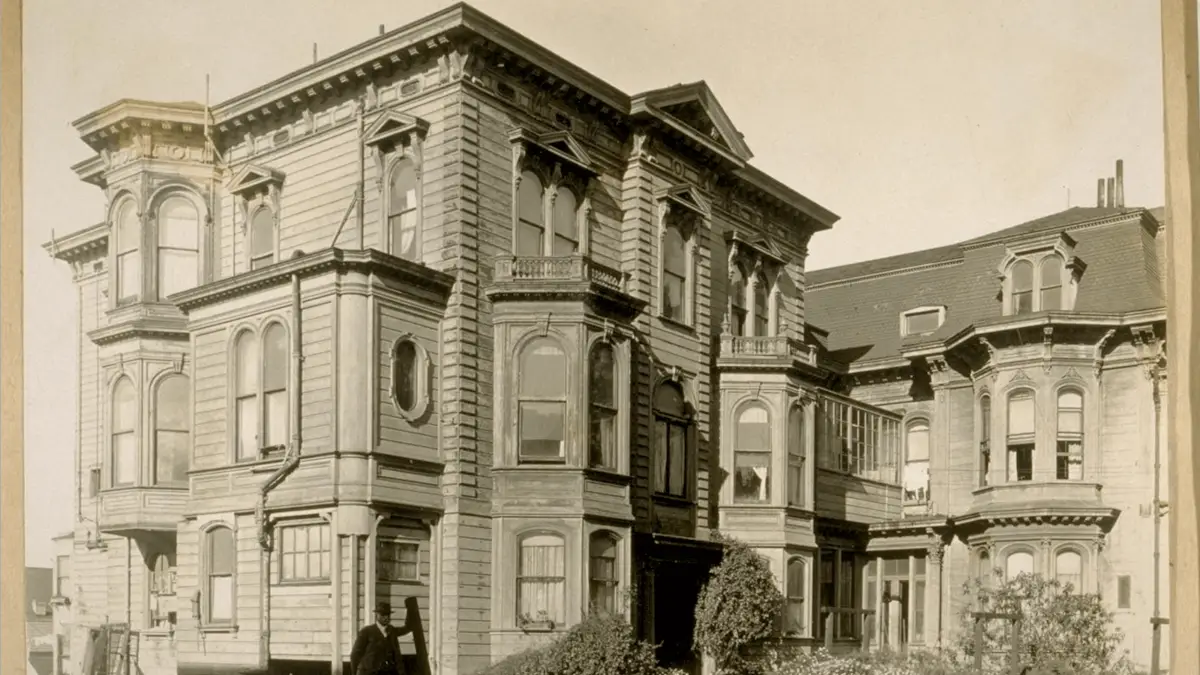
But her money and connections did not shield her from trouble. Pleasant’s final years were spent dealing with fallout over her relationship with Thomas Bell — a well-to-do business partner with whom she resided on the corner of Bush and Octavia. She financed and developed plans for large mansion that she shared with the Bell family, making the mansion outwardly seem like it was the Bell’s estate. After Thomas Bell died in 1892, she had lost most of her estate and was deemed insolvent.
Her former mansion was eventually demolished and is now the Mary Ellen Pleasant Memorial Park. Six old eucalyptus trees that once stood within her gardens can still be seen next to the historical marker erected in her memory on the corner.
Sargent Johnson
 Sargent Johnson (1888 – 1967) moved to San Francisco in 1915, at age 27, to study painting, drawing and sculpture. From 1919 to 1923 he studied drawing and painting at the California School of Fine Arts (the now closed San Francisco Art Institute).
Sargent Johnson (1888 – 1967) moved to San Francisco in 1915, at age 27, to study painting, drawing and sculpture. From 1919 to 1923 he studied drawing and painting at the California School of Fine Arts (the now closed San Francisco Art Institute).
He was known for his Abstract Figurative and Early Modern styles. A painter, potter, ceramicist, printmaker, graphic artist, sculptor, and carver, he worked in various mediums, including ceramics, clay, stone, wood, terra cotta, tiled murals, watercolor, oil on canvas, porcelain enamel on steel, and lithography.
Johnson was committed to using his art to create positive representations of Black people., studying African carvings and, in the 1930s, while working on public art projects for the New Deal, expanding his range of influences and subjects, taking on abstraction as well as Mexican muralism. Although often associated with the Harlem Renaissance artists, Johnson was actually the first Black West Coast artist to gain national notoriety.

Nadine Burke Harris
Nadine Burke Harris made history when she was appointed as California’s first surgeon general in January 2019 by Governor Gavin Newsom. However, the pediatrician’s career started in San Francisco a decade and a half prior to her taking on this preeminent role.
Burke Harris joined the California Pacific Medical Center (CPMC) in 2005, working to develop programs to end health disparities in San Francisco. Two years later, and with CPMC’s help, Burke Harris became the founding physician of Bayview Child Health Center in the Bayview-Hunters Point neighborhood, where she paid attention to how social circumstances and poverty can impact a person’s health.
She continued this holistic approach to individual and community health care, co-founding the project Adverse Childhood Experiences in 2010 with community leaders like then-District Attorney Kamala Harris. Burke Harris’ approach emphasized mental health and social support in primary health care, and eventually this work culminated in the creation of the Center for Youth Wellness in 2012.
Burke Harris continued speaking and writing about her innovative approach to health care, hosting her own TED Talk and publishing the 2018 book The Deepest Well: Healing the Long-Term Effects of Childhood Adversity. On top of all of this, Burke Harris went on to become an advisory council member for Hillary Rodham Clinton’s Clinton Foundation’s Too Small to Fail campaign before becoming California’s first-ever surgeon general. She retired from her role February 1, 2022, and continues her work through advocacy and public speaking.
North Bay

George Duke
Born in San Rafael and raised in Marin City, George Duke gravitated to the piano at the ripe age of 4 and began his formal studies a few years later at the local Baptist church.
Duke attended nearby Tamalpais High School in Mill Valley. His musical education continued at San Francisco Conservatory of Music, where he earned a bachelor’s degree in trombone and composition with a minor in contrabass. After that, he earned a master’s in composition from San Francisco State University and also taught at Oakland’s Merritt College.
Duke switched from classical piano to jazz at the behest of his cousin, bassist Charles Burrell. His first album arrived in 1966 and the second in 1970 — the latter of which he created with French violinist Jean-Luc Ponty, a fellow San Francisco musician.

One of Duke’s performances with Ponty had two influential listeners in the audience: Frank Zappa and saxophonist Cannonball Adderley. The two invited Duke to join their bands, and he accepted, spending two years with Zappa’s Mothers of Invention, then two years with Adderley’s band before going back to Zappa in 1973. Zappa also contributed guitar solos to Duke’s album Feel (1974).
Duke’s albums wove soul, jazz and funk sounds, while maintaining a pop appeal that kept his records high on the charts. As the 1980s progressed, he began to move into a new role as a record producer. Duke’s discography is extensive, and he created hits for superstars like Anita Baker, Gladys Knight and many more. He also participated in the 1988 Nelson Mandela 70th Birthday Tribute concert as its musical director.
Duke passed away from chronic lymphocytic leukemia on August 5, 2013 in Los Angeles at the age of 67.
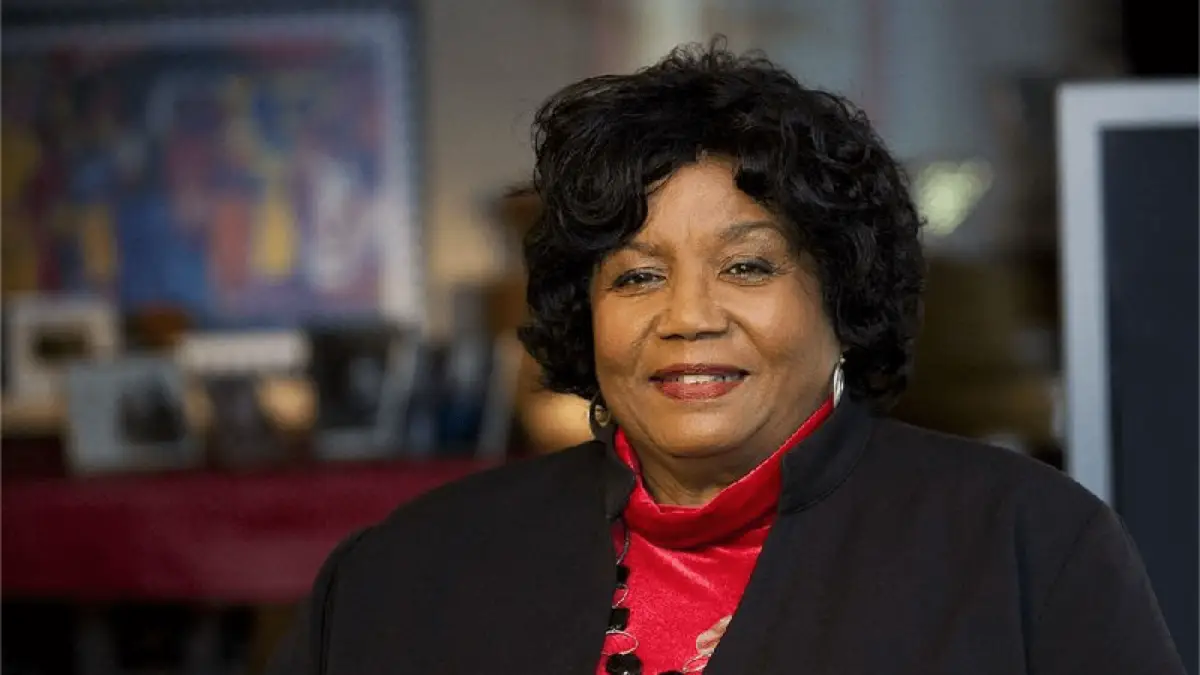
Melba Pattillo Beals
On May 13, 1955, a young Melba Pattillo Beals volunteered for a chance to go to a better school. However, she quickly learned that some in her community were not ready to give her that chance. Beals and eight other Arkansas students came to be known as the Little Rock Nine. These students’ efforts to enroll in the previously all-white Central High School resulted in racist attacks by fellow students and the deployment of the Arkansas National Guard to block the Nine’s entry.
Not only was Beals spat on, pushed and shoved, but she had acid poured into her eyes. She and the other Black students made it through the school year with the help of President Dwight D. Eisenhower, an escort by the 101st Airborne Division, personal bodyguards (Melba’s was named Danny) and reporters who spent nights with the children’s families to shine the light on any after-dark attacks.

After a year, she and her eight counterparts were quietly disbanded. To escape the threats of segregationists, Beals was relocated to California — a place she dreamed of living as a child. She spent the rest of her childhood in Sonoma and eventually came to live in Marin County. She spoke about her love of Marin with Marin Magazine in 2009. Beals taught journalism at Dominican University of California, and she retired as Chair Emeritus of the Department of Communications and Media Studies in January 2014. Beals is noted to have said, “Education is one major key to personal equality that cannot be taken away.”
Beals tells her story in her 2011 book, Warriors Don’t Cry: A Searing Memoir of the Battle to Desegregate Little Rock’s Central High School. She recounts her experience facing the violent mobs at Central High and receiving death threats at just 15 years old. Beals is also one of only 158 people (as of 2024) who have received the Congressional Gold Medal, which she received in tandem with the other members of the Nine in 1999. Beals is 82 years old.
East Bay
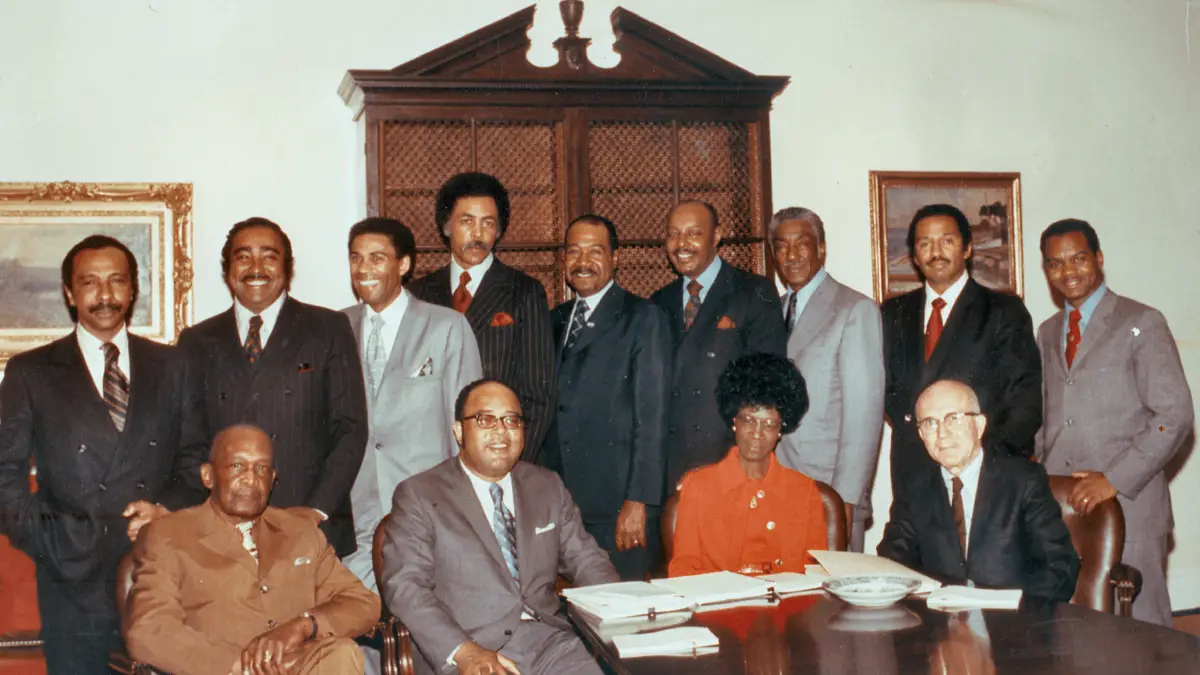
Ron Dellums
Oakland-born Ronald Dellums was a Democratic House Representative from 1971 until 1998. His background and education were solidly Bay Area, having received an associate’s degree from Oakland City College (now Merritt College), a bachelor’s from San Francisco State University and a Master’s of Social Work from UC Berkeley. Dellums also taught at the latter two universities.
Dellums started his political career on the Berkeley city council in 1967 before running for the U.S. House of Representatives on an anti-war platform. Once a Congressman, he initiated an inquiry on American war crimes in Vietnam. He also used his position to legislate for racial equality, launching hearings on racism in the military and initiating the first legislation to sanction South Africa’s apartheid regime.

A founding member of the Congressional Black Caucus, Dellums also became a member and eventual chairman of the House Armed Services Committee. In 1993, as chairman of the Armed Services Committee, he aimed to persuade President Bill Clinton to honor his commitment to lift the military’s ban on gay servicepeople.
Dellums examined urban issues that were not being addressed in other forums, including education, housing, public safety, transportation and health care. He even introduced legislation in 1977 to create a national health service, which would have provided free health care to all U.S. citizens.
Dellums resigned from the House in 1998 and founded his own lobbying firm in 2001, but he returned to politics in 2006 to run a successful campaign for Oakland mayor. Dellums’ accomplished career has been honored by a number of awards and designations, including the creation of the Ronald V. Dellums Chair in peace and conflict studies at UC Berkeley. He passed away in June 2018.
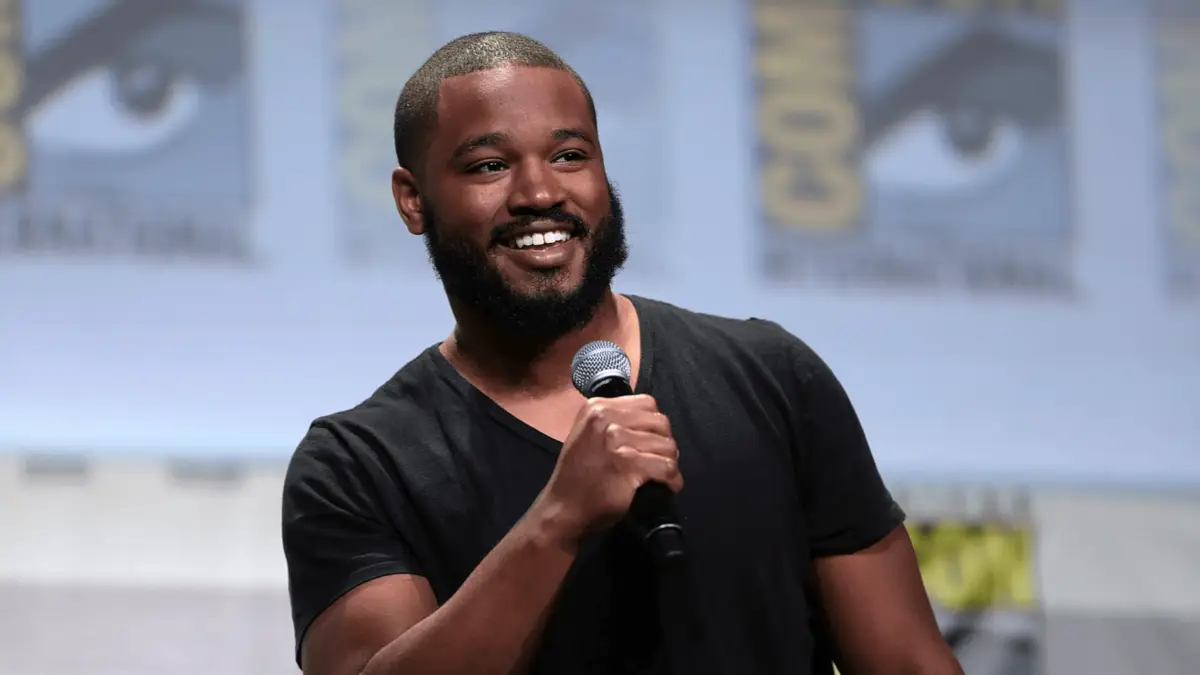
Ryan Coogler
Another Oakland-born dynamo, Ryan Coogler lived in the city until age eight, when he moved to Richmond. Coogler attended Saint Mary’s College of California on a football scholarship but transferred to Sacramento State when Saint Mary’s football program was cancelled. Although he majored in finance, Coogler began taking film classes and went on to USC’s School of Cinematic Arts, where he directed several award-winning short films.
Upon graduating, he started working on his feature debut, 2013’s Fruitvale Station. The film, produced by Oscar-winning actor Forest Whitaker, chronicles the final day in the life of Oscar Grant, an Oakland man fatally shot by police in 2009. The film won both the audience and grand jury awards at the Sundance Film Festival and the Best First Film prize in the Un Certain Regard section of the Cannes Film Festival.

He followed Fruitvale Station with 2015’s Creed, a reboot of the Rocky franchise, and was offered the chance to direct Black Panther when Ava DuVernay turned down the opportunity. Black Panther ended up grossing $1.3 billion worldwide and is the highest grossing film ever directed by a Black person. Coogler also directed and co-wrote the sequel Black Panther: Wakanda Forever, which garnered acclaim and a worldwide box office total of $859.2 million.
Time named Coogler runner-up in 2018’s Person of the Year while also featuring him in the annual Time 100 list, a roundup of the most influential people worldwide. Coogler now produces films with his company Proximity Media, founded in 2021 by Coogler, his wife Zinzi and screenwriter Sev Ohanian. The company has gone on to produce films like Judas and the Black Messiah, Creed III and several documentaries.
Delilah Beasley

Delilah Beasley, (1867 – 1934) was an Oakland resident who became the first Black woman in the United States to be regularly published in a major metropolitan newspaper.
Beasley launched her career as a newspaper columnist in Cleveland in 1883, when she was just 26 years old, writing for the local Black paper, the Cleveland Gazette. Three years later, she began publishing a column in the Sunday edition of the Cincinnati Enquirer.
In 1919, after to moving to Oakland, she began to attend classes at UC Berkeley where she researched and eventually published a book called The Negro Trail-Blazers of California, chronicling the contributions and achievements of Black people in early California history. In 1925 she became a columnist for the Sunday edition of the Oakland Tribune, writing a column called “Activities Among Negroes,” which she wrote until her death in 1934.
South Bay
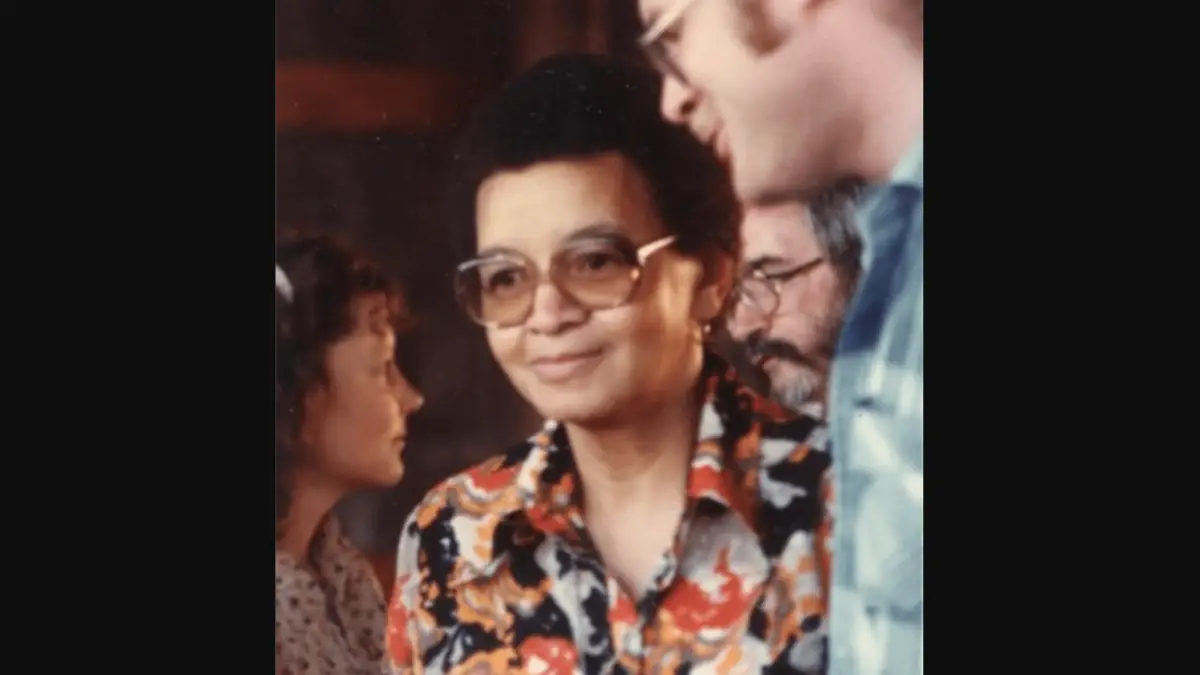
Iola Williams
Iola Williams was born on February 2, 1936, in Hattiesburg, Mississippi. In 1955, she married an Air Force officer, whose career caused the two and their children to frequently move cities. Eventually, the family landed in San Jose in 1969.
Williams was working as a licensed vocational nurse when she decided to run for her local school board. Upon winning, Williams became the first African-American to be elected to the Franklin-McKinley School District school board, and she held that post until her appointment to the San Jose City Council in 1979.
The 1970s in San Jose saw a boom of women winning public office — a trend that Williams portended with her 1970 school board victory. This electoral trend even caused some to call Santa Clara County the “feminist capital of the world.” Williams was also the first African American to serve on the city council, and she served on it until her 1991 retirement.
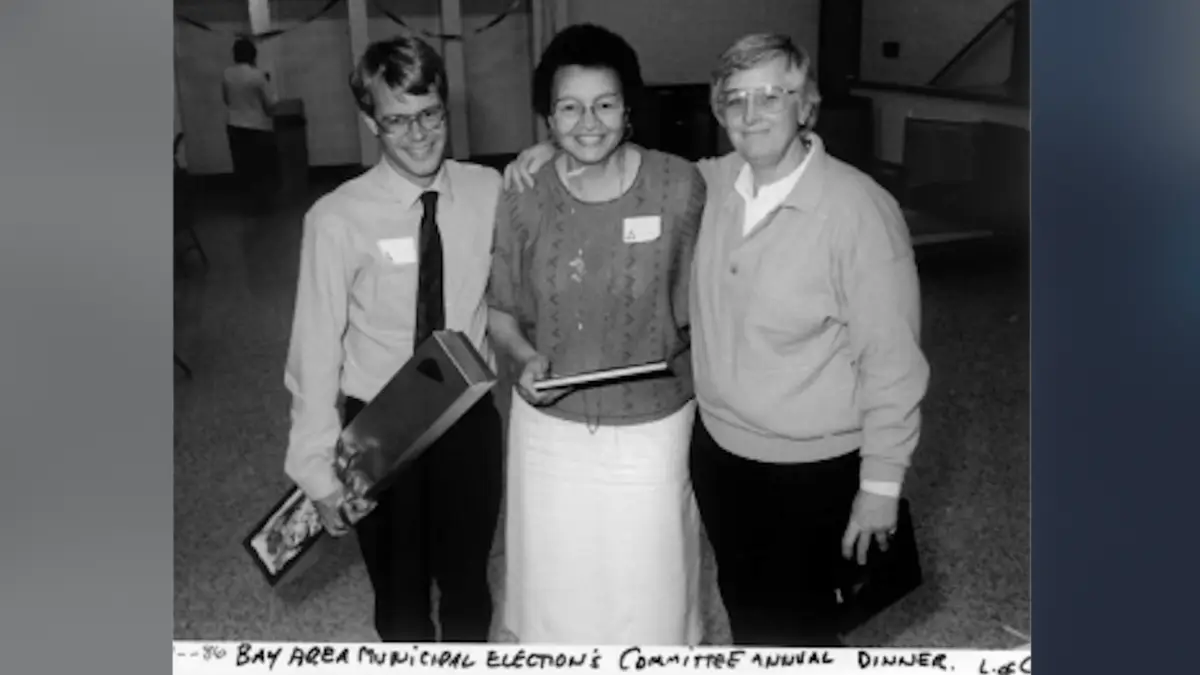
Along with being a trailblazer in San Jose politics, Williams was a champion of civil rights for women, minorities and the LGBTQ+ community. She was noted to have been the only elected official to attend the 1986 dinner held by the LGBTQ rights organization Bay Area Municipal Elections Committee (BAYMEC). After 12 years on the city council, Williams retired from San Jose politics and returned to her hometown of Hattiesburg. She continued to be heavily involved in community affairs, like helping to revamp Hattiesburg’s USO Club and create the African American Military History Museum.
In 2016, the San Jose African-American Community Service Agency recognized Williams with a Lifetime Achievement Award, which the organization renamed after Williams. At the ceremony, Williams commented on the history undergirding her achievements:
“My grandmother could not vote. My mother, it wasn’t until the 70s until she could vote. So a lot of things happened during that time. They seemed like little things but they carried families through the years. We have seen a lot of the things that remain, but there’s so much that has to be done.”
Williams passed away at the age of 83 on April 4, 2019, from Parkinson’s disease.

Eric Kelly
San Jose-based Eric Kelly has been making waves in the tech world for over three decades. Kelly grew up in Berkeley and Oakland before heading to the South Bay for college. He earned a B.S. in business management from San Jose State University — where he now serves on the Tower Foundation‘s Board of Directors — plus an MBA from San Francisco State University and an executive MBA from Harvard University.
Kelly has held influential positions at a plethora of private and publicly traded companies in Silicon Valley. Currently, he is the Chairman and CEO of Overland-Tandberg, a data storage and cloud solutions company. Kelly has also held executive positions at recognizable companies like Adaptec Inc., Dell and IBM. His advisory positions include roles at the Federal Reserve Bank of San Francisco, the global investment bank Nomura Securities Venture Group and more. Really, the list goes on.

In the government sphere, Kelly worked in the Obama Administration for an eight-year appointment to the president’s Council of Advisors on Science and Technology. Specifically, he contributed to the Advanced Manufacturing Partnership Steering Committee, which focused on revitalizing the American manufacturing and new technology sector. Kelly was also appointed to the U.S. Department of Commerce Advanced Manufacturing Council, where he was the Vice Chairman of the workforce subcommittee from 2013 to 2016.
Along with his work helming Overland-Tandberg and Silicon Valley Technology Partners, Inc., Kelly currently serves on a range of boards and committees in various sectors. In early 2024, he was elected to the Guardian Life Insurance Board of Directors, and he continues to impact global technology and finance.
Celebrate Black History Month in the Bay Area
Looking for ways to honor the occasion? Check out these listings for events taking place this month:







